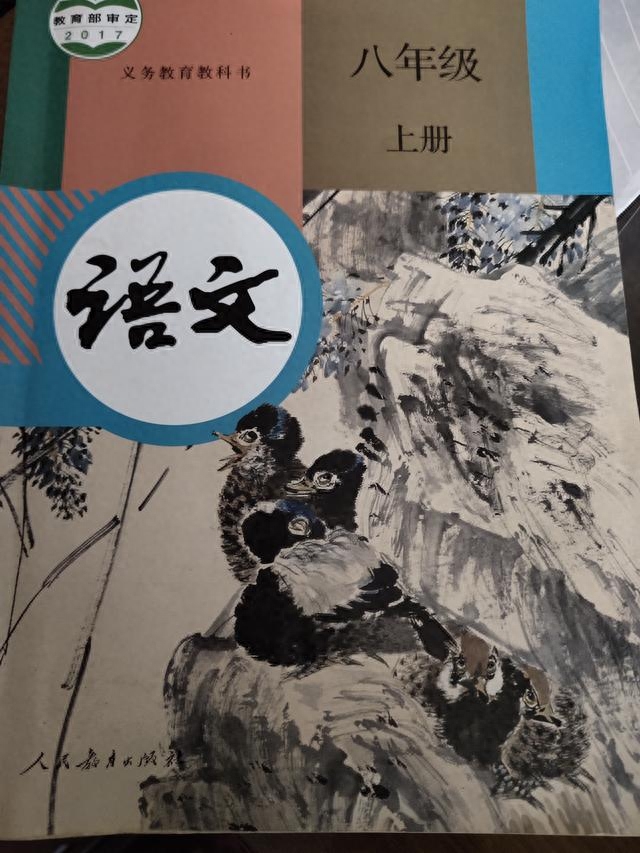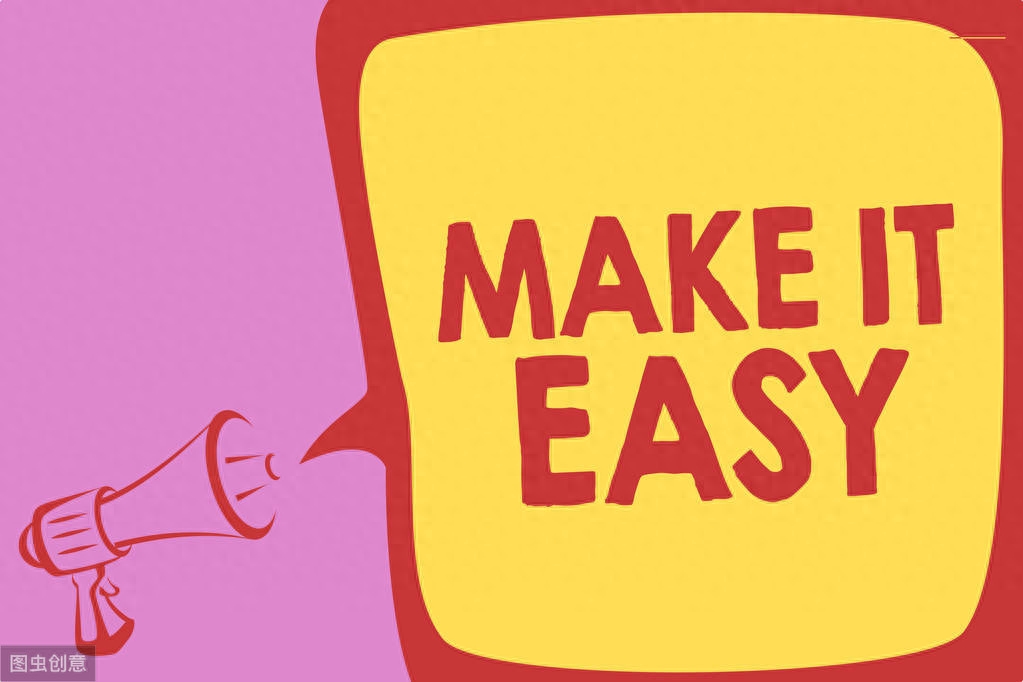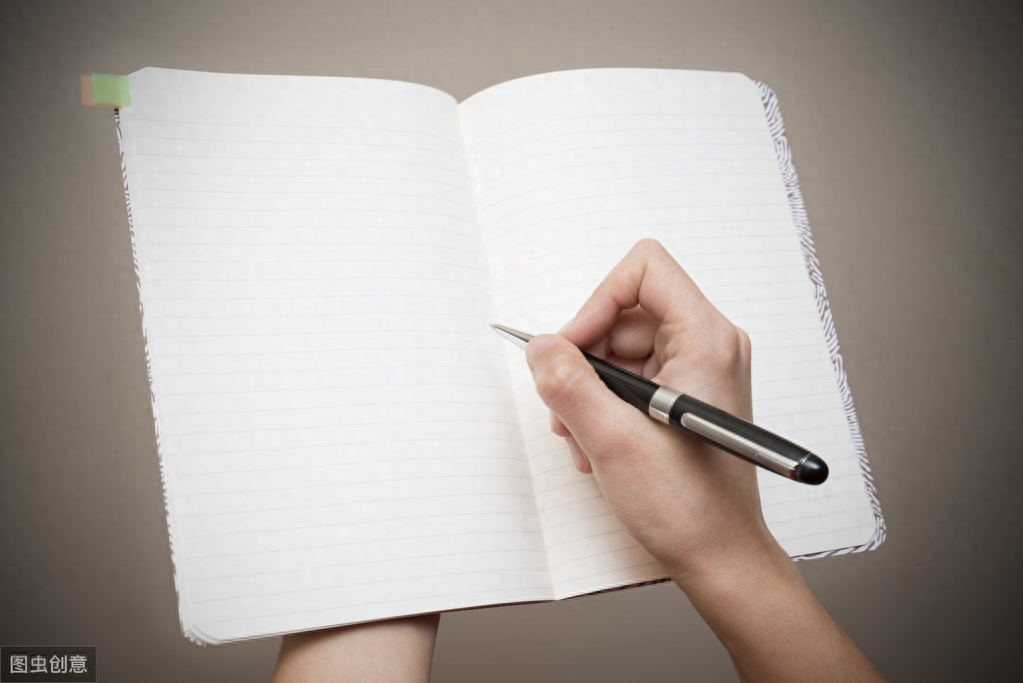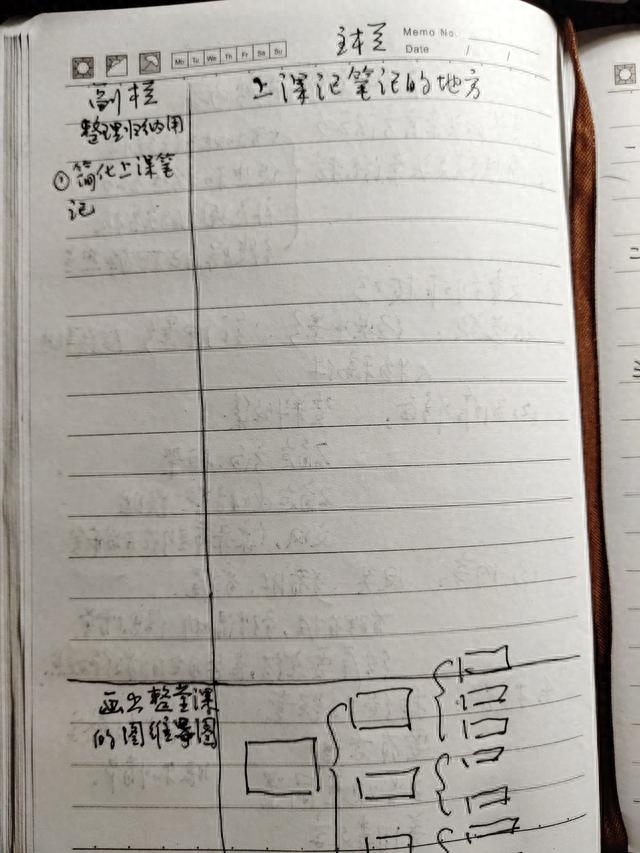What do Chinese language notes record? Where to record it? How to remember? How to organize it? Senior teachers conducted a comprehensive review according to the learning process, hoping to be helpful to every student.
1. Notes on notes:
Taking notes is necessary for Chinese language learning. Logically speaking, this is a part of listening carefully to the lecture; but organizing and summarizing notes is also a review part. Whether it is placed in the listening part of class or the review part, the role of notes cannot be fully demonstrated. Therefore, Let's just create another chapter to talk specifically about notes. Because there are many benefits to taking notes.

2. What are the benefits of taking notes?
1. In class, taking notes can help you concentrate. If a student only relies on listening and uses a single organ to learn in class, he will easily feel tired and lose focus. Taking notes by hand will help students focus on their studies.
2. Taking notes can improve the efficiency of learning. For example, if you use a single organ to study, you can get 20% efficiency by using each organ. If you use hearing and note-taking at the same time, the sum of their efficiencies is not 40%, but 50%. This is what we often call the 1+1>2 effect.
3. Taking notes can improve the ability to summarize. Taking notes is not just about recording things as they are. Taking notes requires summarizing and summarizing in your own words. In the long run, taking notes can improve students' summarizing and summarizing abilities.
4. Taking notes can facilitate future review and consolidate the knowledge learned. The notes are written down in black and white. Whenever you need to review them, you can turn them out and look at them. Review the knowledge you have learned so that you can consolidate the knowledge you have learned and prevent it from being forgotten.
There are other benefits of taking notes. I just hope that students will pay attention to taking notes. Develop a good habit of taking notes. The following focuses on how to operate.

3. How to take Chinese notes?
1. First, tell me what to remember. Class notes mainly record the following contents: the outline listed by the teacher, the content emphasized by the teacher, the teacher’s additions that are not in the textbook, the knowledge and doubts that need to be strengthened, the methods to solve the problem, and the teacher’s final remarks. Summary of the class... In short, some regular knowledge that you don't understand.
2. Secondly, let’s talk about the best places to take notes. Many people will ask, is it better to take notes in textbooks or in a special notebook? I think Chinese notes can be taken in both places. As for where to write down specifically, it depends on what is being written down. If the notes are related to specific text content, write them down in the book. For example, the translated meanings of classical Chinese words are written down directly next to the original text. Another example is that the general idea of a paragraph is written down at the level of the paragraph. This saves a lot of time and makes review intuitive. So what do you write down in your notebook? It is better to write down some of your general knowledge in a notebook, such as the characteristics of prose, the steps for writing narratives, identifying the meanings of content words, and some problem-solving ideas for specific types of questions. In short, anything related to the text content should be recorded in the accompanying text; regular knowledge should be recorded in the notebook.

3. Let’s talk about some specific methods of taking notes.
First, use two-color notes. Use a few colors to indicate the different nature of the notes. For example, black notes contain general content, while red notes contain particularly important content. Another example is: the translation of classical Chinese words, notes in black notes, and red notes. There are no annotations in the teacher’s supplementary textbook; black notes contain specific answers, and red notes contain problem-solving ideas. Students can make an agreement for themselves on how to deal with it specifically.
Second, when taking notes, you need to pick out key words. I have seen many students take notes starting from the first word of the teacher, but in fact they can’t remember all the teacher’s words, so they only take half-length notes in the book, and then they don’t take notes at all. Take notes. People with poor note-taking skills are still common in college. Many college students crazily take notes before exams because they did not develop the ability to take notes in middle school. To take notes, you must first listen to the teacher or read all the content on the slide, quickly extract the key words, then write down the key words first, and then use your own words to fill in the missing content between the key words. This not only allows you to take complete notes, but also exercises your ability to summarize.
Third, don’t remember too many notes. You may wish to leave a larger space for notes, or leave one blank line for notes. This way, the empty space can be filled with something. Even if there is nothing to fill in, empty notes seem to save worry and effort.

4. How to organize Chinese class notes?
A. Organizing notes generally means remembering, supplementing, revising, editing, dividing, discarding and remembering. Remembering means recalling the class content in a timely manner; supplementing means completing the notes in class, either by memorizing them or copying them from classmates' notes; correcting means correcting errors in the notes; editing means compiling the notes. The serial number; dividing is to use various symbols and marks to classify the nature of the notes; discarding is to remove some unnecessary content; recording is to classify and record it in the corresponding notebook. You can add or delete these contents according to your own habits, and you don’t have to follow the rules.
B. Here, I will focus on introducing you to a Kangnai note-taking method.
The Cornell note-taking method, also known as the 5R note-taking method, is named after the high school that produced this kind of note-taking. The so-called Kangnai note-taking method is to divide a page into three parts. Leave a quarter of the space on the left and a fifth of the space below. The key is the empty space. How big the space is depends on the reason. It is decided by the students’ own writing habits. The large space in the upper right corner is used to record class notes; the large space in the left quarter is used to write some outline and to-the-point things when organizing notes. Don't do this work in class, you can do it in class. Doing it as soon as possible after class is also the best way to review. The remaining one-fifth of the space below is used for summary, which is to summarize the content of the entire page of notes. I suggest that the summary can be carried out in the form of thought guidance, so that it is clear at a glance, which can be conducive to the formation of a knowledge system and is more conducive to the mastery of the internal relationships of knowledge.

C. Finally, let’s talk about finding a home for the day’s notes. Chinese knowledge is like a big tree. I remember that Shusheng Wei once drew a tree of Chinese knowledge. Only by treating Chinese as a whole can the big tree of Chinese be evergreen. At the point of relationship, the big Chinese tree will be torn into pieces, and the big tree will die. But every time the Chinese language we learn is just a few branches and leaves on this big tree, we have to find the location of these branches and leaves on the big tree. For example: What we are learning today is "Praise to the White Poplar", which is a prose that expresses one's ambitions. What we are learning is some knowledge of prose that expresses one's ambitions. We need to find a higher-level home for it, which is prose. Prose is more The home of the upper level is literary works. After searching in this way, we will know the location of the knowledge we learned today in the Chinese tree, which makes our knowledge more systematic.
Summary:
Okay, today I will tell you about the benefits of taking notes, what to take, where to take them, how to take them, and how to organize them. This is a comprehensive link that spans classroom learning and after-class review. Notes can be taken and organized. It will make our Chinese language learning more solid and systematic. It is hoped that under the guidance of correct methods, every child will do less ineffective work and reduce the excessive learning burden, but at the same time develop good habits and lay a good foundation for future learning.
Articles are uploaded by users and are for non-commercial browsing only. Posted by: Lomu, please indicate the source: https://www.daogebangong.com/en/articles/detail/tong-xue-men-lao-shi-gao-su-ni-yi-zhong-zheng-li-bi-ji-de-fang-fa-kang-nai-bi-ji-fa.html

 支付宝扫一扫
支付宝扫一扫 
评论列表(196条)
测试